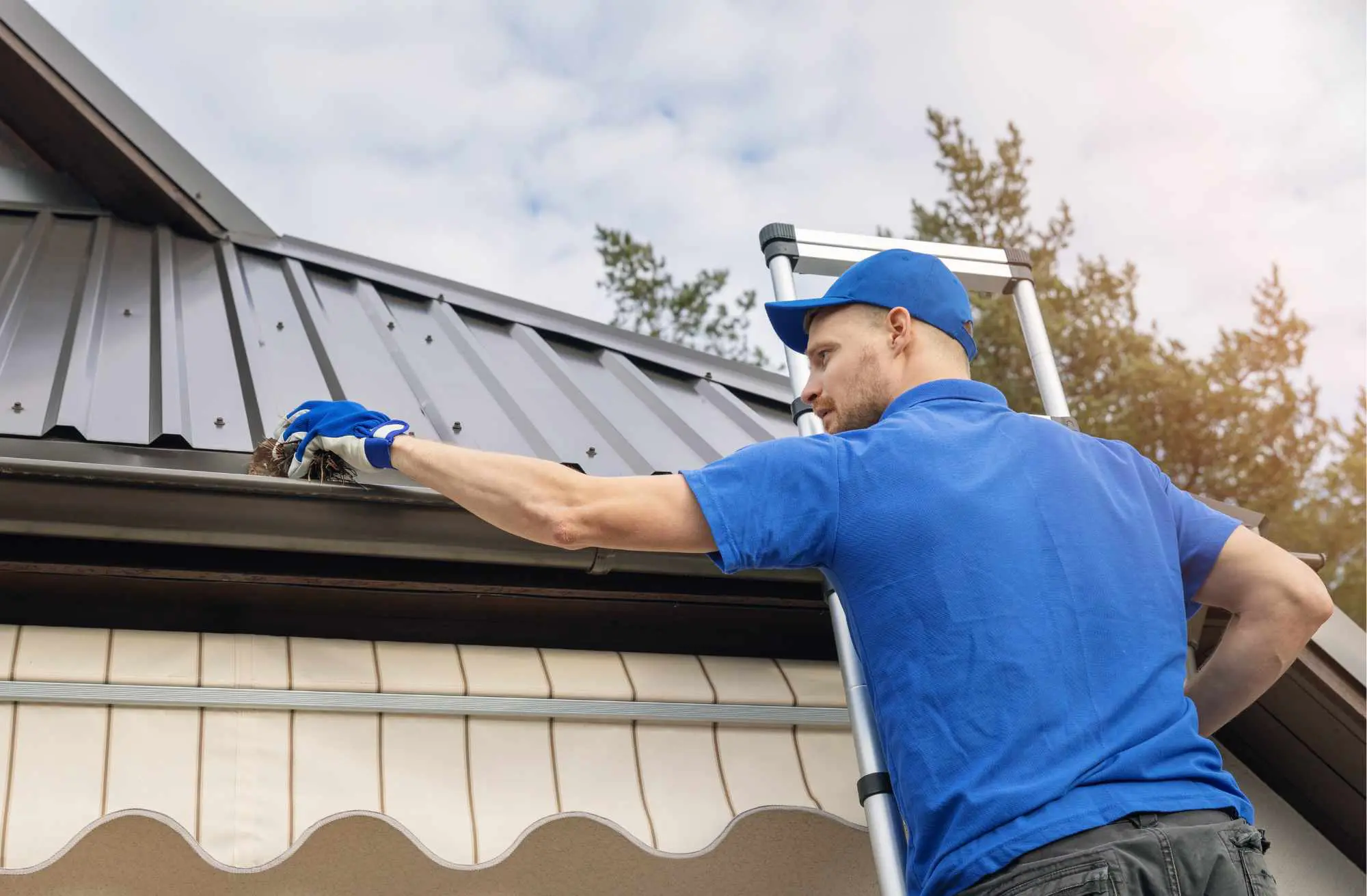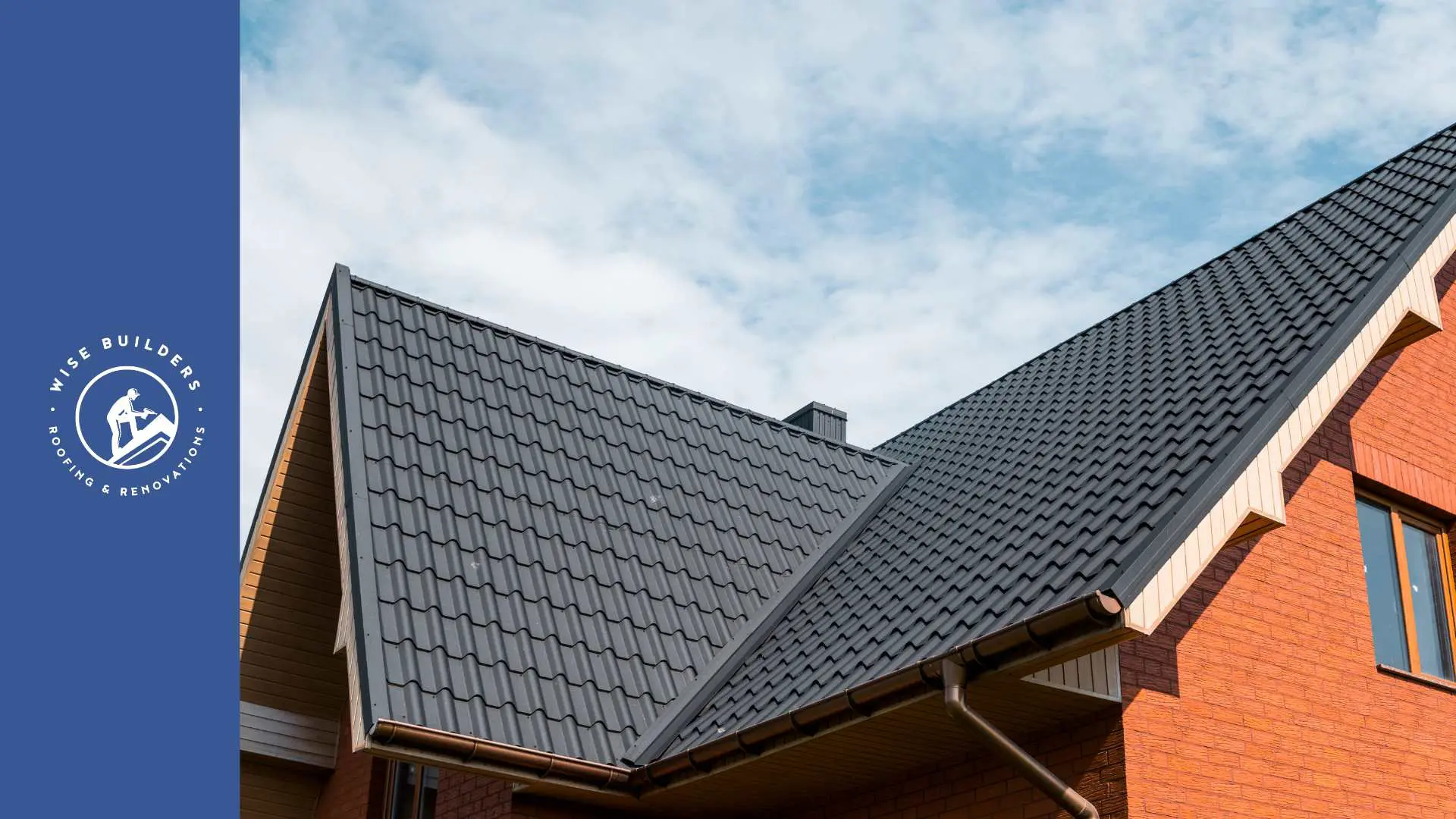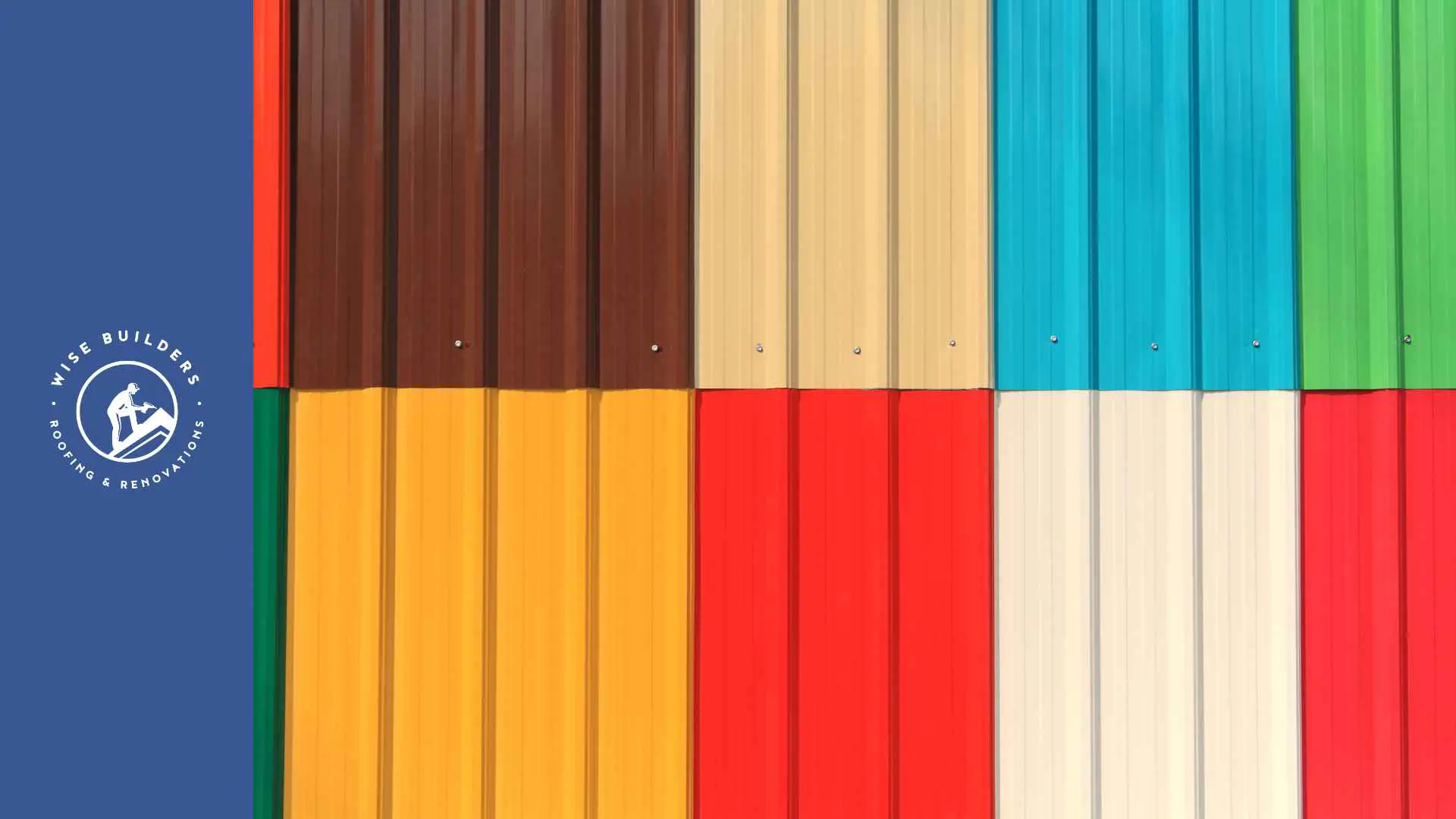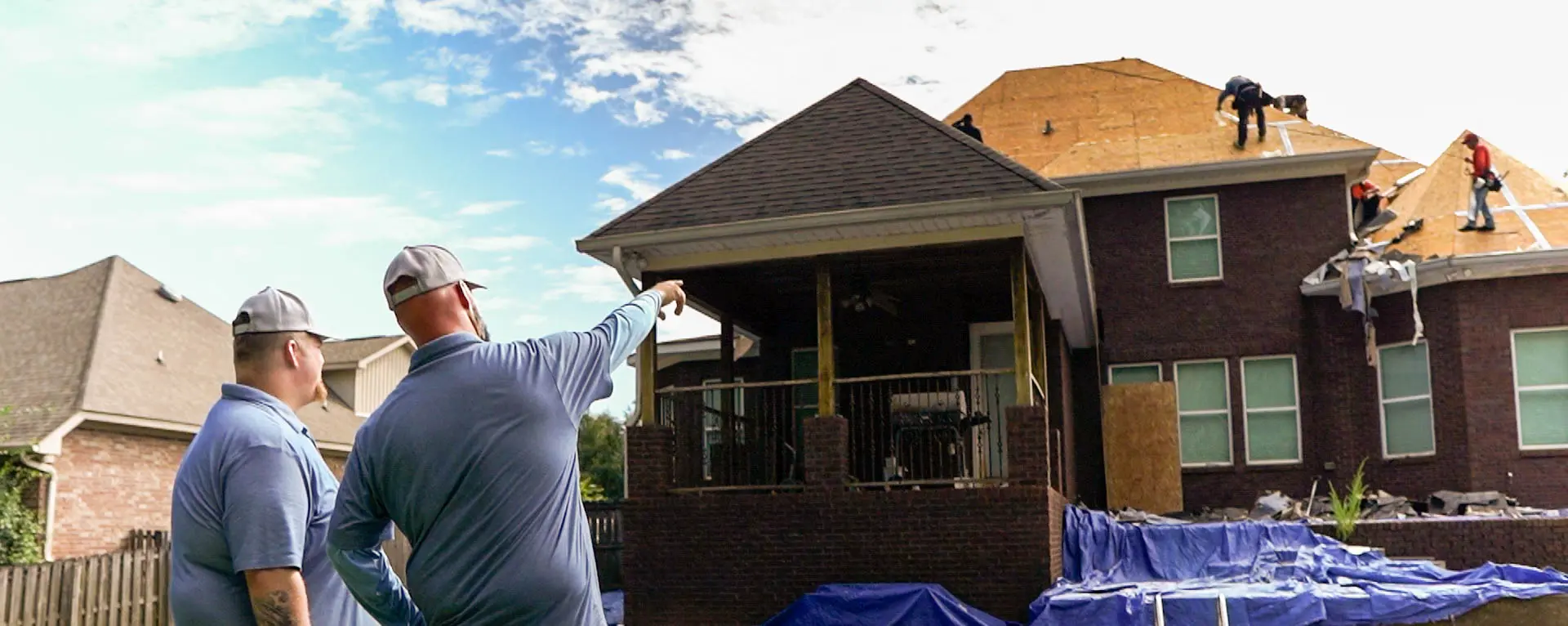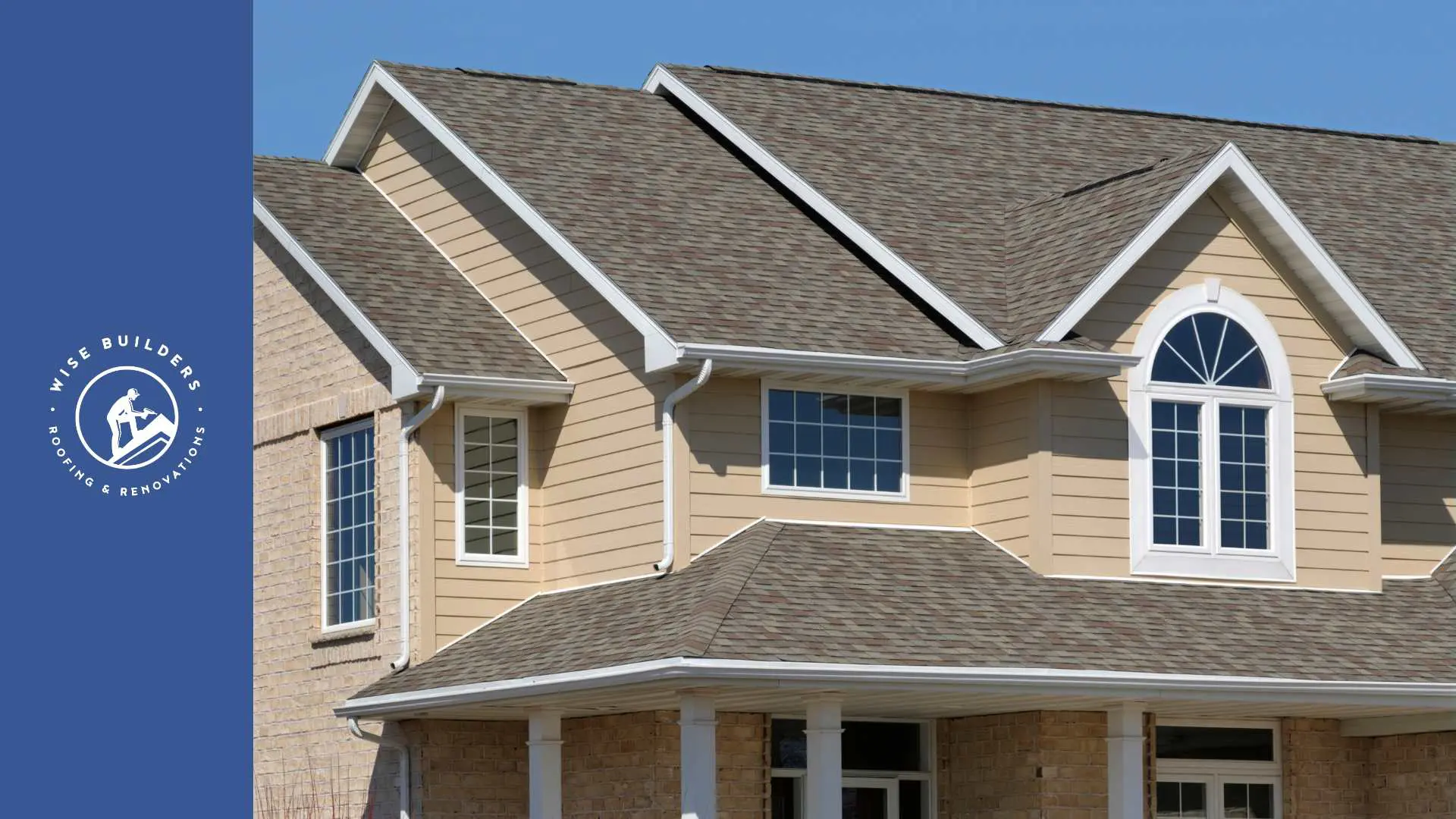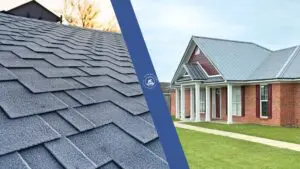While many homeowners are drawn to the idea of do-it-yourself (DIY) projects for home improvement due to potential cost savings and the sense of achievement, roof repairs present a unique set of challenges that often require professional expertise to avoid damaging the rest of your home. The complexity and risks associated with DIY roofing efforts underscore the importance of entrusting such tasks to skilled professionals.
Roof repairs demand a certain level of technical knowledge and experience to ensure they are completed correctly and safely. Professional roofers possess the necessary skills to assess the extent of damage, identify underlying issues, and execute repairs effectively. Moreover, working at heights and handling roofing materials can pose significant safety hazards for untrained individuals, making it essential to prioritize safety when dealing with roof-related projects.
Additionally, professionals have access to specialized tools and equipment that are specifically designed for roofing tasks, ensuring efficient and precise repairs. Their years of experience in the industry and familiarity with different roofing materials and techniques enables them to deliver long-lasting solutions that protect the integrity of your home’s structure.
By engaging professional roofers for roofing repair and maintenance needs, homeowners can enjoy peace of mind knowing that their roofing repair is in capable hands. Investing in professional services not only safeguards the structural integrity of your property but also saves you time, effort, and potential costly mistakes associated with DIY approaches to roof repairs.
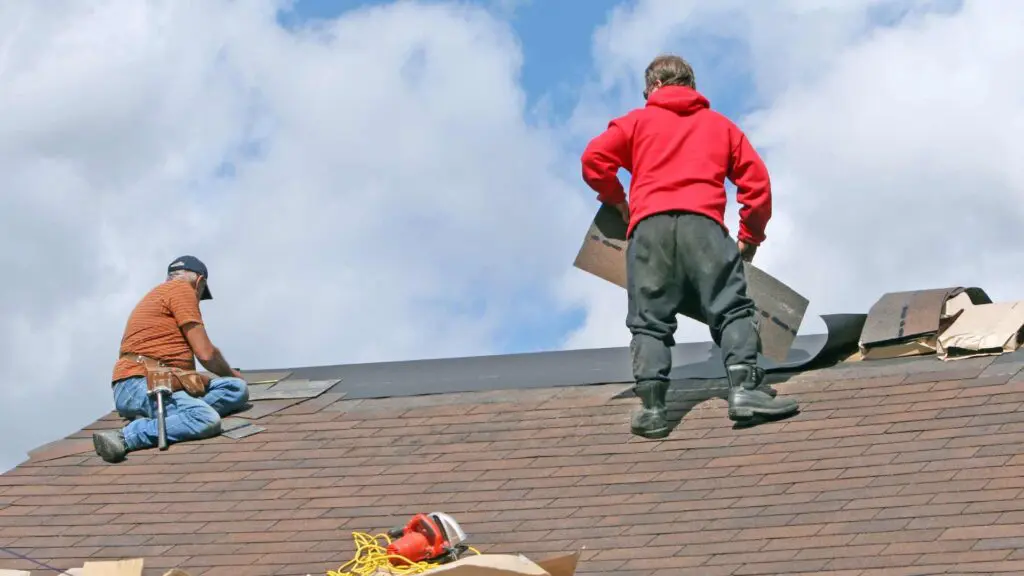
Elevated Hazards
Roofing work is a specialized field that comes with inherent risks due to the heights involved and the need for balance and precision on sloped surfaces. The potential for falls and serious injuries is not just a theoretical concern but a well-documented reality within the industry. Without the proper safety equipment and experience, climbing ladders and navigating rooftops can significantly increase the likelihood of accidents, which could have devastating consequences.
Professional roofing teams, such as Wise Builders Roofing and Renovations, prioritize safety above all else. They adhere to rigorous safety protocols and ensure that their staff are equipped with the necessary gear to mitigate risks effectively. By prioritizing safety measures, these teams can guarantee that roofing projects are completed without incident, providing peace of mind to both workers and clients alike.
In addition to ensuring the safety of their team members, reputable roofing companies also focus on ongoing training and certifications for their staff. This commitment to professional development not only enhances the skills of their employees but also ensures that they stay up-to-date with the latest industry standards and best practices.
Furthermore, established roofing companies often carry comprehensive insurance coverage to protect both their workers and clients in case of any unforeseen incidents or accidents during a project. This insurance coverage provides an added layer of security and demonstrates a commitment to accountability and transparency within the industry.
Overall, when choosing a roofing contractor for your project, it is essential to prioritize safety, experience, ongoing training, certifications, and insurance coverage. By selecting a reputable company like Wise Builders Roofing and Renovations that values safety and professionalism, you can rest assured that your roofing project will be completed efficiently, effectively, and most importantly, safely.
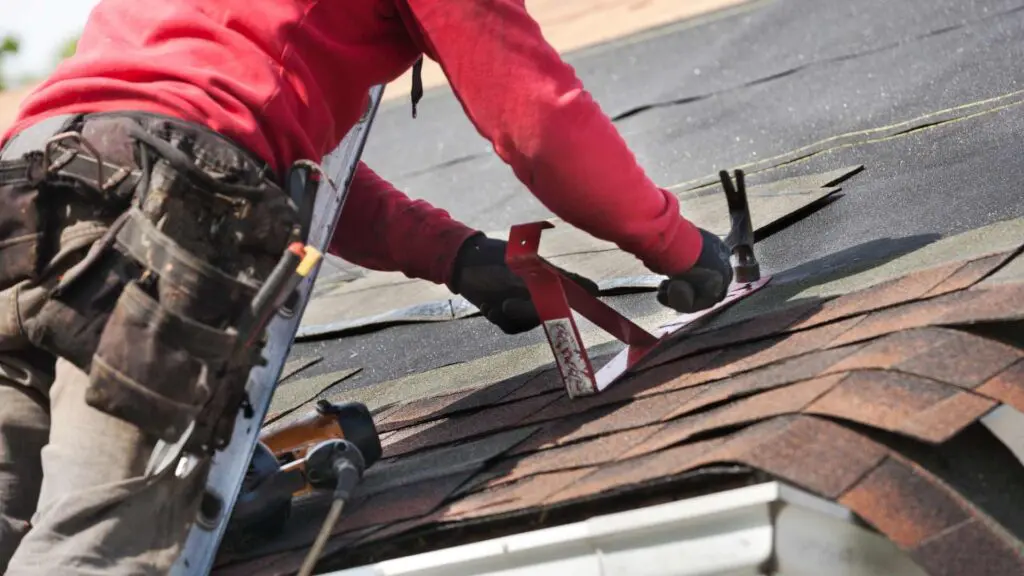
Warranty Worries
Roofs are typically safeguarded by two distinct warranties: the manufacturer’s warranty covering materials and the roofing contractor’s warranty guaranteeing workmanship. Engaging in do-it-yourself repairs can unintentionally nullify these warranties, leaving homeowners vulnerable to manufacturing defects or installation problems without any means of recourse for their insurance coverage. Professional roofers possess the expertise needed to adhere to the specifications necessary for upholding warranty coverage, ensuring that any repairs are executed in accordance with these standards and that roof edges are properly maintained.
It is crucial for homeowners to be aware of the terms and conditions outlined in both types of warranties to avoid any inadvertent breaches that could potentially void their protection. By entrusting professional roofers with maintenance and repair tasks, individuals can rest assured that their warranties remain intact, providing them with peace of mind regarding the longevity and performance of their roofs.
Underestimating Complexity
While replacing damaged shingles may appear to be a simple task, comprehensive roof repair involves more than just superficial solutions. It necessitates a holistic comprehension of the entire roofing system, encompassing factors such as underlayment, ventilation, and the structural soundness of the roof. Roofing professionals are equipped with the expertise to recognize and rectify underlying issues that might not be readily noticeable to an untrained individual. By addressing these issues proactively, they can prevent minor concerns from developing into significant problems that could result in expensive repairs down the line.
Furthermore, proper roof maintenance, including regular cleaning of your gutters, is essential for prolonging the lifespan of your roof and ensuring its continued functionality. Regular inspections and timely repairs can help safeguard your property against water damage, mold growth, and structural compromises. Investing in professional roof repair services can provide you with peace of mind knowing that your home is well-protected from the elements as well as properly maintained gutters.
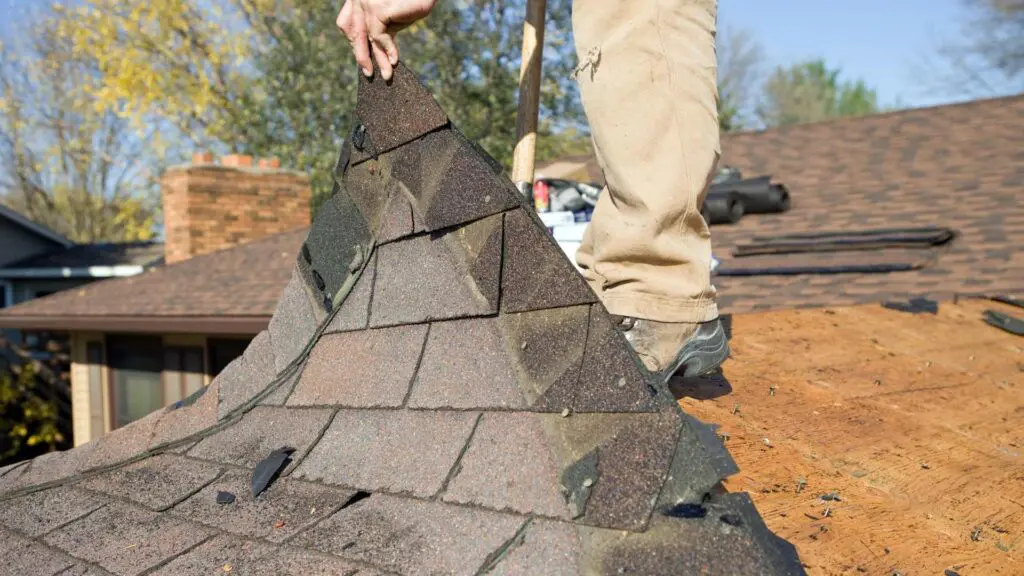
Overlooking Major Issues
DIY roof repairs are typically aimed at addressing immediate issues like leaks or damaged shingles, overlooking the overall health of the roof and the roof decking. In contrast, professional roofers perform thorough inspections to detect any potential problems, including concealed water damage, structural weaknesses, and ventilation inadequacies related to the roof decking. Tackling these underlying issues promptly not only prolongs the lifespan of your roof but also fortifies your home against potential future complications.
Moreover, professional roofers have the expertise to identify early signs of wear and tear that untrained eyes might overlook, including indicators of a leaky roof. They can provide tailored solutions to enhance the longevity and performance of your roof based on its specific needs. Investing in regular professional inspections and maintenance can save you money in the long run by preventing costly repairs or premature roof replacement.
Cost Considerations
While DIY projects are often motivated by the potential for cost savings, roof repairs can be an exception. The retail cost of materials, including roofing nails, the investment in specialized tools, and the value of time all add up. Additionally, any mistakes made during DIY repairs can lead to further damage, necessitating more extensive and expensive fixes. Professional roofers have access to wholesale materials and possess the tools and expertise needed to complete repairs efficiently, often making the professional route more cost-effective in the long run.
Essential DIY Roof Repair Tool Kits for Beginners
Embarking on do-it-yourself roof repairs requires the proper tools to ensure efficiency and safety. A well-equipped toolkit is essential for handling roofing issues effectively. Here is a list of essential tools that beginners should have:
- Safety Gear: Prioritize safety with essential gear including a hard hat, harness, non-slip shoes, and safety goggles.
- Roofing Ladder: A sturdy extension ladder provides safe access to the roof and ensures stability while working.
- Nail Gun or Hammer: For securing shingles or roofing materials, a nail gun can save time and effort in comparison to using a hammer.
- Roofing Adhesive: Quality adhesive is crucial for sealing leaks and securing loose materials effectively during repairs.
- Utility Knife: An indispensable tool for accurately cutting roofing materials to ensure a precise fit during installation.
- Caulking Gun: Use this tool to apply sealant around joints and flashing to prevent leaks effectively.
- Pry Bar: Ideal for safely removing damaged materials without causing further harm during the repair process.
- Measuring Tape: Ensure accurate measurements for cutting materials to size correctly by using a reliable measuring tape.
- Trowel: Useful for applying roofing cement or sealant to areas that require extra attention during repairs.
- Bucket for Debris: Keeping the work area clean and organized helps prevent accidents and facilitates a smoother repair process.
- Flashlight or Headlamp: Adequate lighting is crucial, especially when working in shaded areas or during low-light conditions like dusk.
Having these essential tools will not only make your DIY roof repair project more manageable but also contribute to ensuring your safety throughout the process.
When to Repair vs. Replace Your Roof
Determining whether to repair or replace a roof hinges on the extent of damage and the roof’s overall condition. Minor issues, like a few missing shingles or small leaks, often justify a repair, especially if the roof is relatively new. Conversely, persistent leaks, extensive water damage, or significant structural damage usually signal that a replacement is necessary. Evaluating factors such as age, repair history, and potential for future problems can guide homeowners in making a sound decision for their roofing needs.
Signs It’s Time to Replace, Not Repair
A leaky roof can be a homeowner’s worst nightmare, often indicating underlying issues that require immediate attention. Key signs that suggest a roof replacement might be necessary include extensive water damage and mold growth, as well as missing shingles. Aging roofing materials can compromise the integrity of your roof, making it crucial to assess the structural condition regularly. Ignoring these red flags can lead to costly repairs down the line, jeopardizing not only the roof but the rest of your home as well.
Conclusion
The decision to repair a roof is not just a matter of skill but also of safety, efficiency, and financial prudence. The complexities and risks associated with roofing work make it a task best left to professionals. Homeowners looking to ensure the integrity of their roof while preserving warranty coverage and maximizing the value of their investment should consider the services of a reputable roofing company. Wise Builders Roofing and Renovations, serving Mobile, AL, offers expert roofing solutions, ensuring that each project is completed safely, effectively, and to the highest standards of quality.
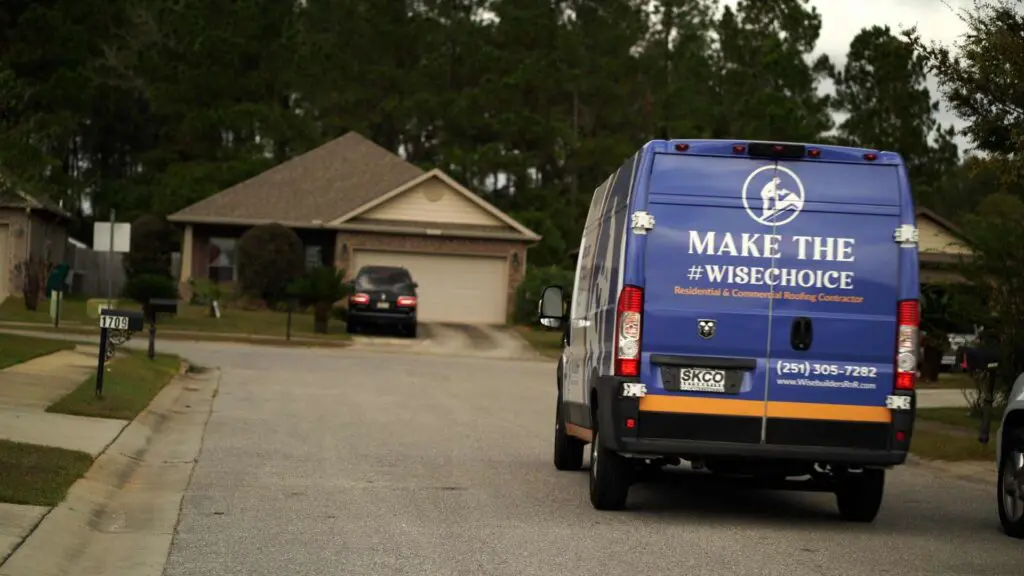
Knowing Your Rights as a Consumer
Indications that a roof requires replacement instead of repair often stem from visible signs of extensive wear. For instance, missing shingles, significant mold growth, or structural damage can signal deeper issues. An old roof with a leaky area that persists despite repeated DIY efforts might suggest that simple fixes won’t suffice. It’s crucial to assess the roof’s integrity and consider its age. Compromised roof decking or worn flashing increases the likelihood of further damage, indicating that enlisting a professional roofer may be necessary for the long run.
Real-Life Stories: The Consequences of DIY Roof Repair
Indicators that a roof replacement is the best option include extensive water damage, structural integrity concerns, or mold growth. A leaky roof that persists despite multiple repairs often signals deeper issues. Missing shingles, compromised flashing around chimneys and vents, or deteriorating roof decking can compromise your home. While DIY roofing repairs may seem appealing, they could exacerbate existing problems. Prioritizing the integrity of your roof can safeguard the rest of your home and ultimately prove more cost-effective in the long run.
How to Choose a Reliable Roofing Contractor and Understand Contracts
When it comes to selecting a reliable roofing contractor, doing thorough research is crucial. Start by seeking recommendations from friends, family, or neighbors who have recently had roofing work done. Online reviews and ratings on platforms such as Google or Yelp can also provide valuable insights into a contractor’s reputation.Next, ensure that your potential contractor is licensed and insured. This protects you as a homeowner from liability in case of accidents during the project and guarantees that the contractor meets industry standards. Ask for proof of their insurance coverage and verify its validity with the issuing agency.
FAQ’s:
Can I repair the roof myself?
While it is possible to attempt DIY roof repairs, it’s essential to consider several factors before making that decision. Firstly, assess your skill level and comfort with heights, as working on roofs can be hazardous and involves a high risk of injury. Secondly, the type of repair needed plays a significant role; minor issues like small leaks or replacing a few shingles may be manageable for some homeowners, especially those who want to take the initiative to repair their own roof, while more extensive damage or structural concerns should be handled by professionals. Lastly, remember that DIY repairs could jeopardize your warranty if not performed correctly.
Can a homeowner fix their own roof?
Yes, a homeowner can fix their own roof, but certain precautions must be taken into account. It’s crucial to understand the nature of the repair and the overall condition of the roof. Minor issues such as replacing individual shingles or sealing small leaks could be feasible for a DIY enthusiast with basic tools and skills. However, homeowners should always prioritize safety by using appropriate protective gear and ensuring a stable ladder setup.
What are the best materials for DIY roof repairs? For minor repairs, materials like roofing cement, asphalt shingles, flashing tape, and sealants are typically sufficient. Additionally, it’s advisable to have a few essential tools on hand, such as a pry bar, utility knife, and caulk gun. When selecting materials, ensure that they match the existing roof type to maintain aesthetic continuity and structural integrity. For instance, if you have a shingle roof, use asphalt shingles specifically designed for your model. Investing in high-quality materials can lead to more durable repairs and prevent future issues.
How to repair a roof without replacing it?
To repair a roof without replacing it, start by conducting a thorough inspection to identify specific issues such as missing shingles, leaks, damaged flashing, or areas where caulk may be needed. The first thing you should do is pinpoint the problem areas, then follow these steps:
- Clean the Roof Surface: Remove debris such as leaves and branches to ensure a clear work area. This will help in applying materials properly and prevent further damage.
- Fix Leaks with Sealant: For small leaks, use roofing sealant or roofing cement. Clean the area around the leak and apply the sealant generously over the affected spot, ensuring a tight seal.
What’s a good information source for DIY roof repair?
A reliable source for DIY roof repairs is the National Roofing Contractors Association (NRCA) website. It offers comprehensive guides, safety tips, and best practices for various roofing projects. Additionally, YouTube tutorials can provide visual guidance, but always cross-reference information to ensure accuracy and safety when undertaking repairs.


